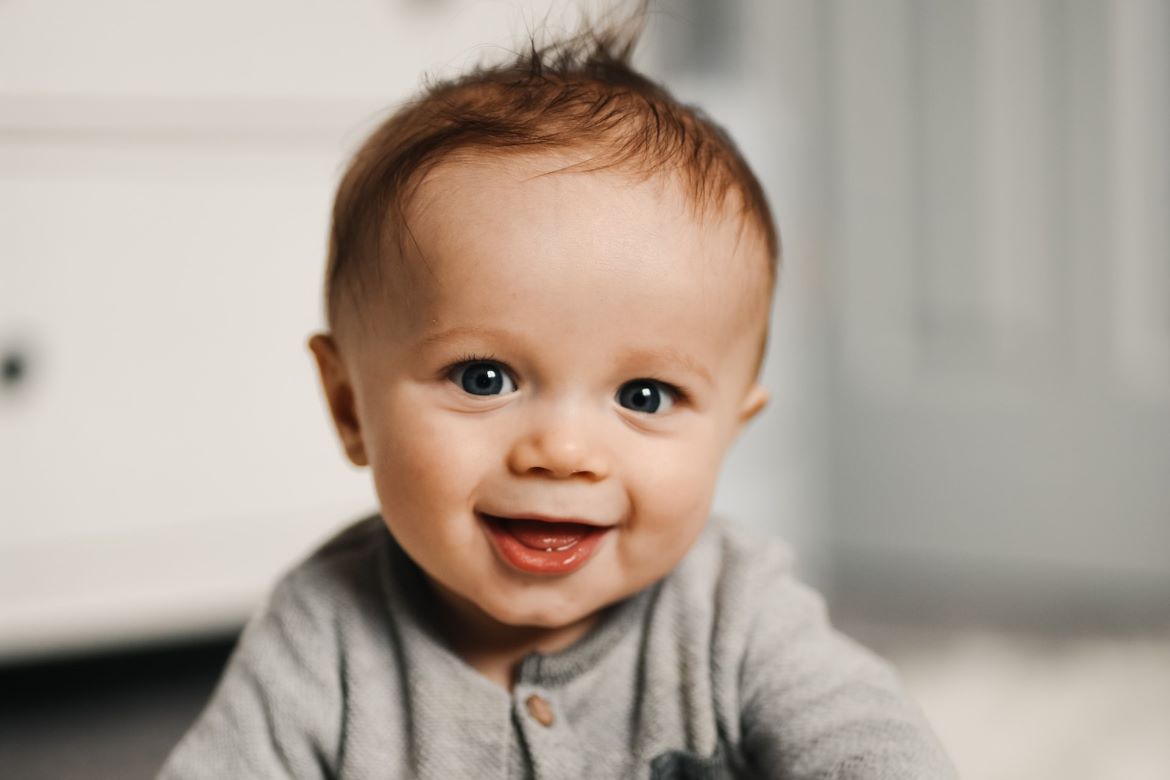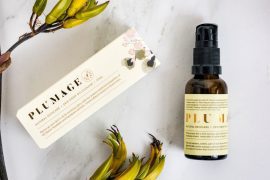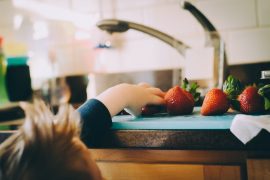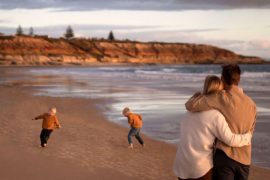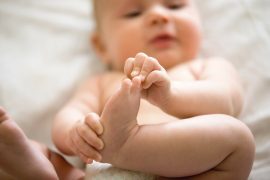By Jenna Horner
It’s hard to believe that we all have tiny particles of plastic floating around in our bodies. We can’t see them or feel them so I can understand why most people don’t like to think about it. In addition to this, measuring their affect on our health is far from straight forward. What is concerning however, is the recent research that found higher concentrations of microplastic in babies.
My initial research into this topic started when I became a mum. I couldn’t find a natural rubber teething toy my daughter could hold easily, so I decided to design my own. There was a lot of pressure to have it made from silicone, a supposedly safer alternative to plastic, but I felt much more comfortable with my baby chewing on toys made from natural materials.
It’s hard to believe that we all have tiny particles of plastic floating around in our bodies. We can’t see them or feel them so I can understand why most people don’t like to think about it.
In December 2016, a research study was carried out in America that tested 59 solid, gel-filled and water-filled teethers for 26 harmful chemicals. Although most of the products were labeled BPA-free or non-toxic, all of them contained BPA. This was enough to convince me that an alternative to the abundance of plastic toys that flood the market was well overdue.
Microplastics are small particles that are released into the environment as larger plastic objects break down. This creates a problem for our environment because they do not easily biodegrade. In 2004, a Marine Scientist from the UK coined the term ‘microplastics’ after finding rice-sized plastic pieces above the tideline on an English beach. In the years that have followed, microplastics have been found all over the world from the depths of the seas to the summit of Mount Everest. They are literally everywhere, from food to dust to bottled water, and as a result, in animal and human faeces.
A study conducted in 2021 found higher concentrations of microplastics in babies compared to adults. Scientist analysed the faeces of six infants, ten adults and three newborns. Whilst the impact this has on the human body is still uncertain, the lead researcher Kurunthachalam Kannan was clear in his conclusions:
A study conducted in 2021 found higher concentrations of microplastics in babies compared to adults.
“We need to make efforts to reduce exposure in children. Children’s products should be made free of plastics.”
Although unexpected, the general consensus for these findings were thought to relate to the mouthing and crawling habits of babies. Kannan added…
“We found that infants’ mouthing behaviour, such as crawling on carpets and chewing on textiles, as well as various products used for children including teethers, plastic toys, feeding bottles, utensils such as spoons … can all contribute to such exposure.”

